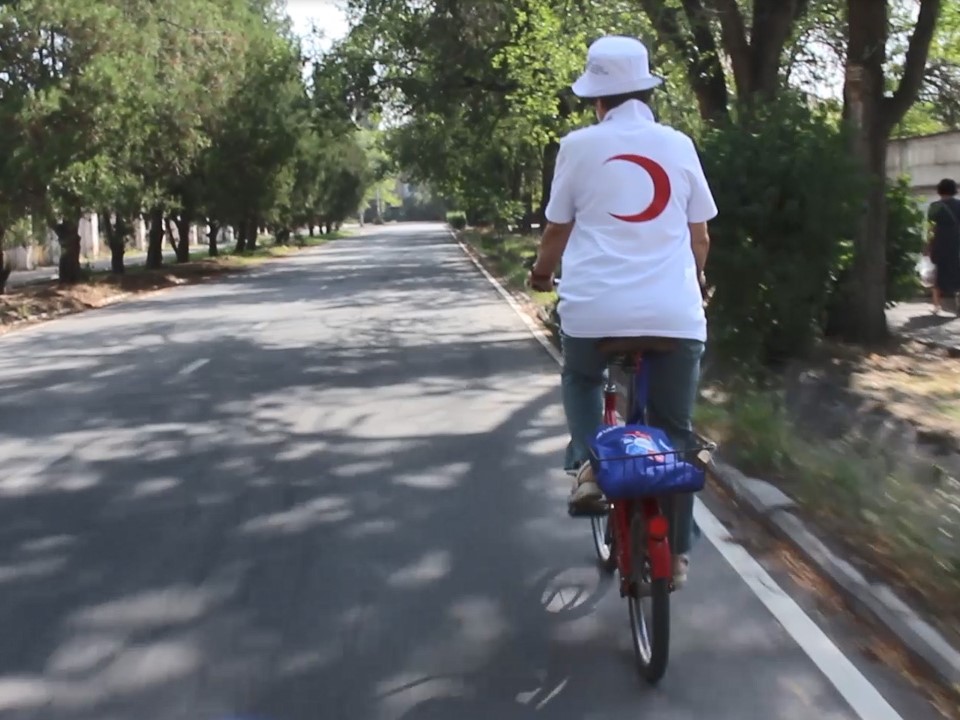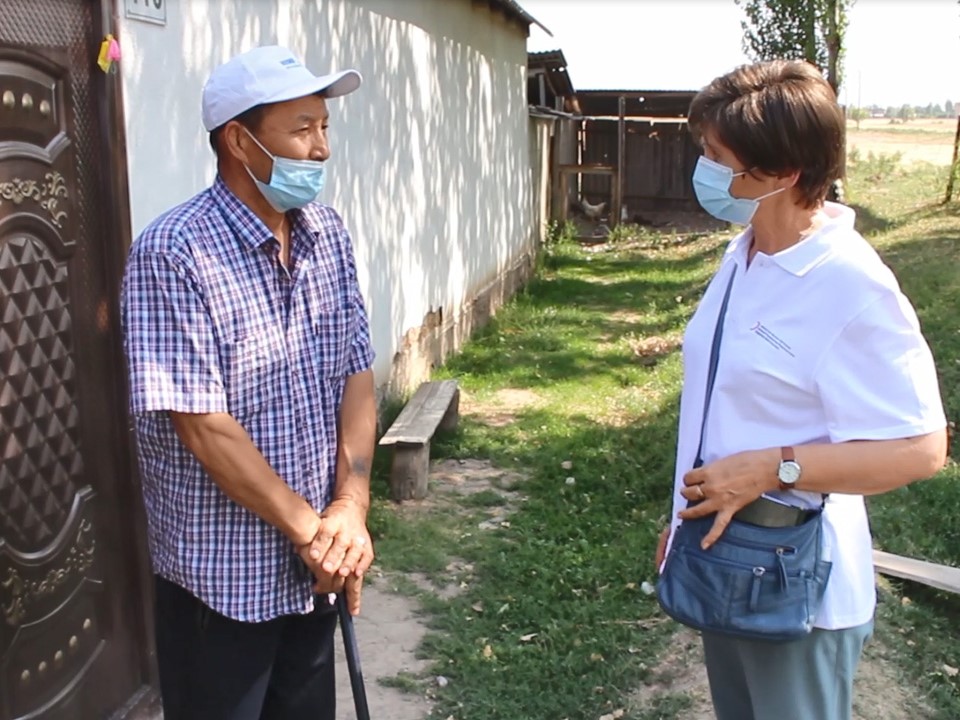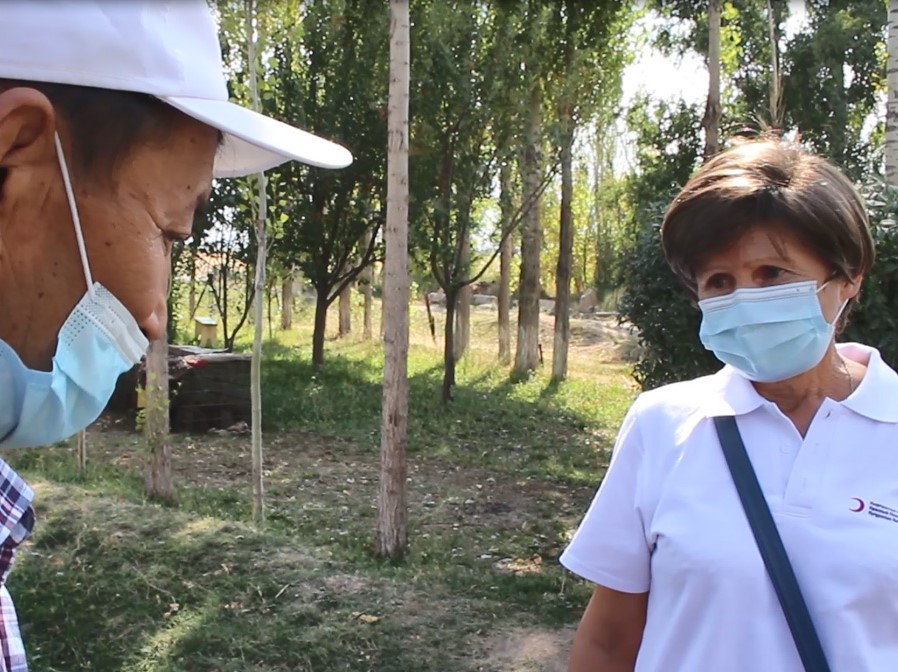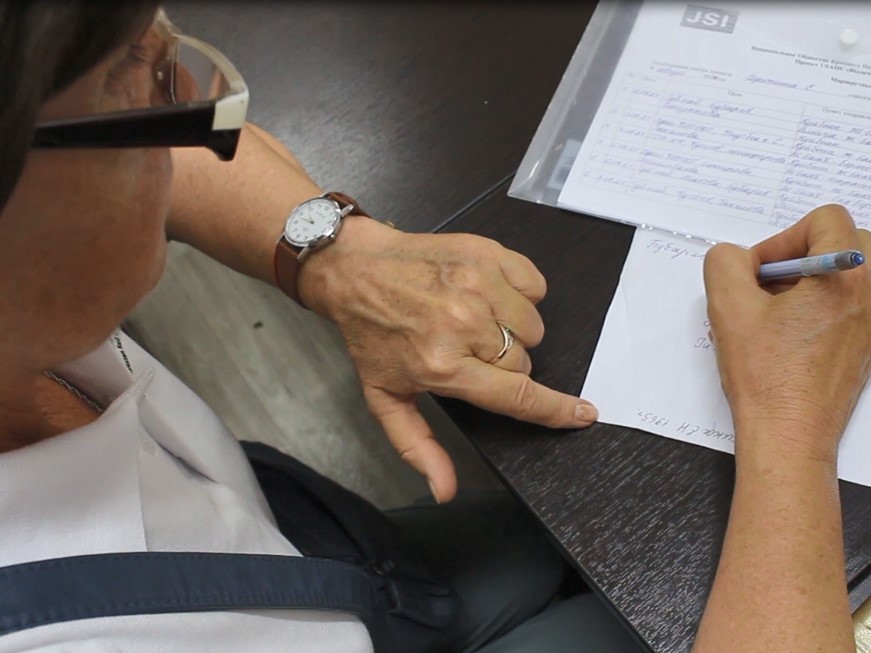A long journey
This is why the Cure TB Project focuses particularly on patients who, for various reasons, need help adhering to treatment. “The most important point in working with patients is to convince them that tuberculosis is a curable disease,” she says. “Someone might not believe in their diagnosis, that is, they don’t accept it.”
In addition, diagnosis is not always simple. People often think the first symptoms must be something else. Chutoev’s case, for example, was complicated by an initial misdiagnosis. “When the Covid-19 pandemic started, I got sick,” says Chutoev. “They said it was Covid-19. Then, some time after, I got checked again. They said my lungs were in very bad condition. Then they gave me diagnosis of TB.”
Once people understand and accept the diagnosis, they need to quickly begin their treatment. “It’s better to treat it when it just starts, than have your health damaged,” says Sorokina, adding that this is why the work of the Cure TB Project is so important.
People also need support handling the reactions of others, such as neighbours, friends and family. It must be explained to them, Sorokina says, that if a person is being treated for tuberculosis, they are no longer infectious.
Still, people with TB are often ostracized and stigmatized. “Sometimes they feel depressed,” she says of the patients. “There is rejection. So, they don’t want to communicate with others. It seems to them that everyone knows about their illness, that everyone has turned away from them.”
This can lead to a downward spiral if patients lose hope and stop taking care of themselves. Chutoev says Sorokina’s support helped him get through. “She asked me about my health and I said, ‘I don’t want to live anymore’. She replied, ‘What are you talking about? You’re going to get well, it’s curable. Don’t think negative thoughts.’
“There’s a saying in Kyrgyz, ‘Being asked about your health is as good as being cured’,” says Chutoev with a laugh. “One thing I’m grateful for Elena is that she checked on me once every day.”
 Red Cross Red Crescent magazine
Red Cross Red Crescent magazine 










 Tech & Innovation
Tech & Innovation Climate Change
Climate Change Volunteers
Volunteers Migration
Migration